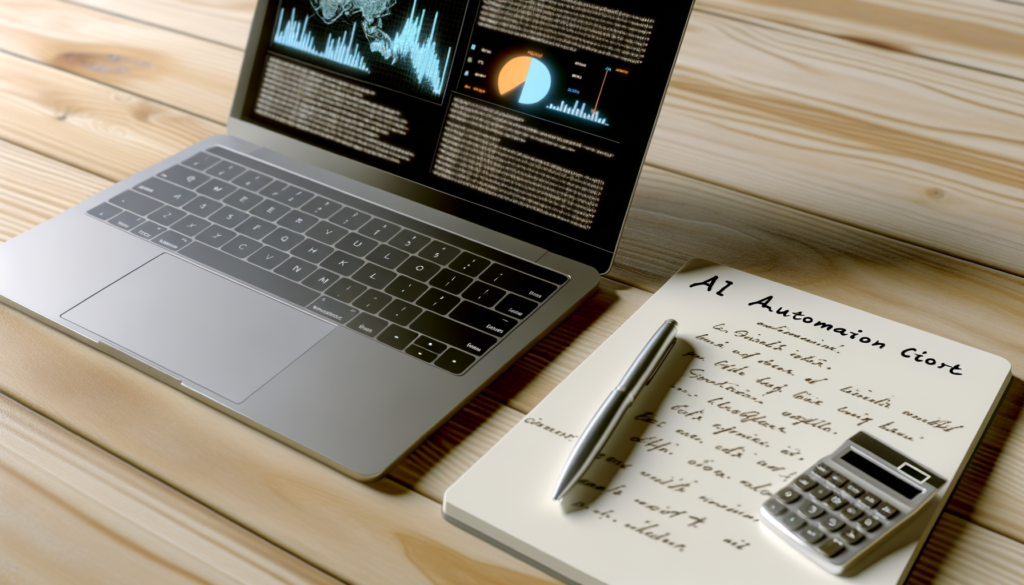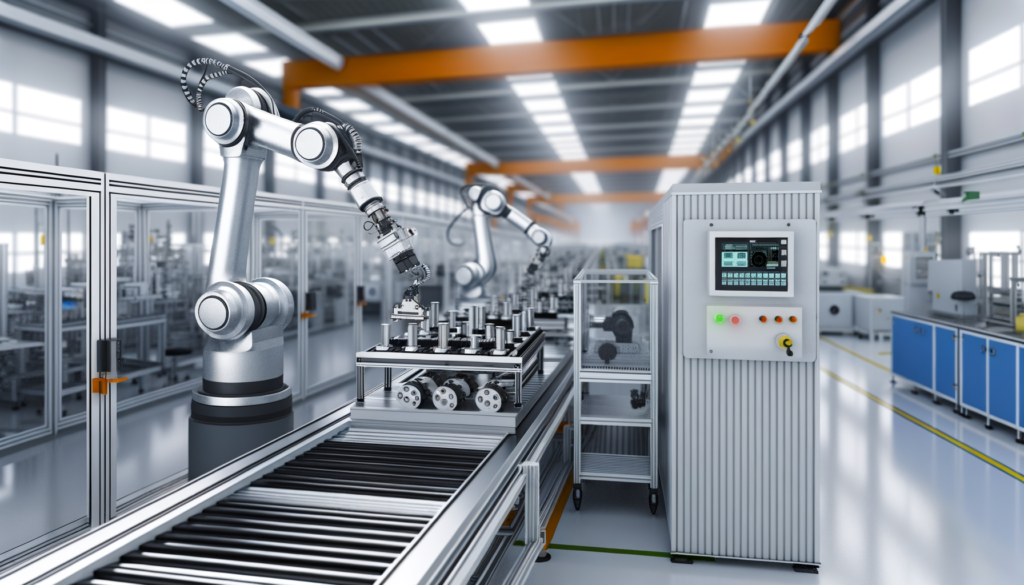Introduction to AI Automation Cost Analysis
As businesses increasingly turn to artificial intelligence (AI) to enhance efficiency and productivity, understanding the costs associated with AI automation becomes crucial. The financial implications of implementing AI solutions can vary significantly based on several factors. These include the scale of the project, the complexity of the technology, and the specific industry in which the automation is being deployed. Companies must conduct a thorough cost analysis to make informed decisions that align with their strategic goals.
AI automation is not merely a one-time expense; it encompasses a range of costs that can impact a company’s budget over time. From initial investments in technology and infrastructure to ongoing maintenance and personnel training, the financial landscape of AI automation is multifaceted. Moreover, the potential for long-term savings and return on investment (ROI) adds another layer of complexity to the cost analysis.
In this context, businesses must evaluate both the tangible and intangible benefits of AI automation. While the upfront costs may seem daunting, the promise of increased efficiency, reduced operational costs, and enhanced decision-making capabilities can justify the investment. Therefore, a comprehensive understanding of AI automation costs is essential for organizations looking to leverage this transformative technology effectively.
Key Factors Influencing AI Automation Costs

Understanding the costs associated with AI automation requires a deep dive into several critical factors that can significantly impact the overall investment. First and foremost, the complexity of the AI solution plays a pivotal role. More sophisticated systems, such as those utilizing deep learning or natural language processing, typically demand higher initial investments due to their intricate algorithms and extensive data requirements.
Another essential factor is the industry-specific requirements. Different sectors, such as healthcare, finance, or manufacturing, have unique compliance and regulatory standards that can influence the cost of AI implementation. Tailoring solutions to meet these specific needs often incurs additional expenses.
The scale of deployment is also a significant consideration. Organizations looking to implement AI across multiple departments or locations may face higher costs due to the need for extensive infrastructure and integration efforts. Conversely, smaller-scale implementations may be more manageable and cost-effective.
Moreover, the availability of data is crucial. High-quality, well-structured data is essential for training AI models. If an organization lacks sufficient data, it may need to invest in data collection and cleaning processes, further driving up costs.
Lastly, the vendor selection can greatly influence expenses. Different AI service providers offer varying pricing models, support levels, and customization options. Organizations must carefully evaluate their choices to ensure they align with both their budget and long-term goals.
Initial Investment and Setup Costs for AI Automation

The initial investment and setup costs for AI automation can vary significantly depending on the complexity of the system being implemented. Hardware requirements often play a crucial role in determining these costs. Organizations may need to invest in high-performance servers, specialized processors, or cloud services to support AI workloads. Additionally, software licensing fees for AI platforms and tools can add to the upfront expenses.
When considering the setup, it’s essential to account for customization needs. Many businesses require tailored solutions to fit their specific operational processes, which can lead to higher development costs. This includes hiring skilled developers or partnering with AI vendors who can provide the necessary expertise.
Moreover, data acquisition is another critical factor. Companies often need to gather, clean, and prepare large datasets to train their AI models effectively. This process can be resource-intensive, requiring both time and financial investment.
In addition to these direct costs, organizations should also consider infrastructure investments. This may involve upgrading existing systems to ensure compatibility with new AI technologies. Networking capabilities, storage solutions, and security measures must be evaluated and potentially enhanced, further contributing to the initial financial outlay.
Ultimately, while the initial investment in AI automation can be substantial, it is a necessary step toward achieving greater efficiency and innovation in the long run. Understanding these costs upfront allows businesses to budget effectively and set realistic expectations for their AI initiatives.
Ongoing Maintenance and Update Costs for AI Automation

Maintaining an AI automation system is a critical aspect that businesses must consider when evaluating overall costs. These ongoing expenses can vary significantly based on the complexity of the system and the frequency of updates required. Regular maintenance ensures that the AI operates efficiently and remains aligned with the latest technological advancements.
Key components of ongoing maintenance costs include:
- Software Updates: Keeping the AI software up-to-date is essential for security and performance. This may involve periodic updates to algorithms, bug fixes, and enhancements that improve functionality.
- Hardware Maintenance: Depending on the infrastructure used, businesses may need to invest in hardware upgrades or replacements to support the AI system effectively.
- Technical Support: Engaging with technical support services can incur costs, especially if issues arise that require immediate attention or specialized knowledge.
- Data Management: As AI systems rely heavily on data, ongoing costs related to data storage, processing, and management must be factored in. This includes ensuring data quality and compliance with regulations.
Moreover, the frequency of updates can be influenced by the industry in which the AI operates. For instance, sectors like finance and healthcare may require more frequent updates due to regulatory changes and evolving best practices. Additionally, the integration of new features or capabilities can lead to increased costs, as businesses strive to keep pace with competitors and meet customer expectations.
In summary, while the initial setup of AI automation may be substantial, the ongoing maintenance and update costs are equally important to consider. These costs can accumulate over time, impacting the overall budget and financial planning for organizations looking to leverage AI technology effectively.
Personnel and Training Costs Associated with AI Automation
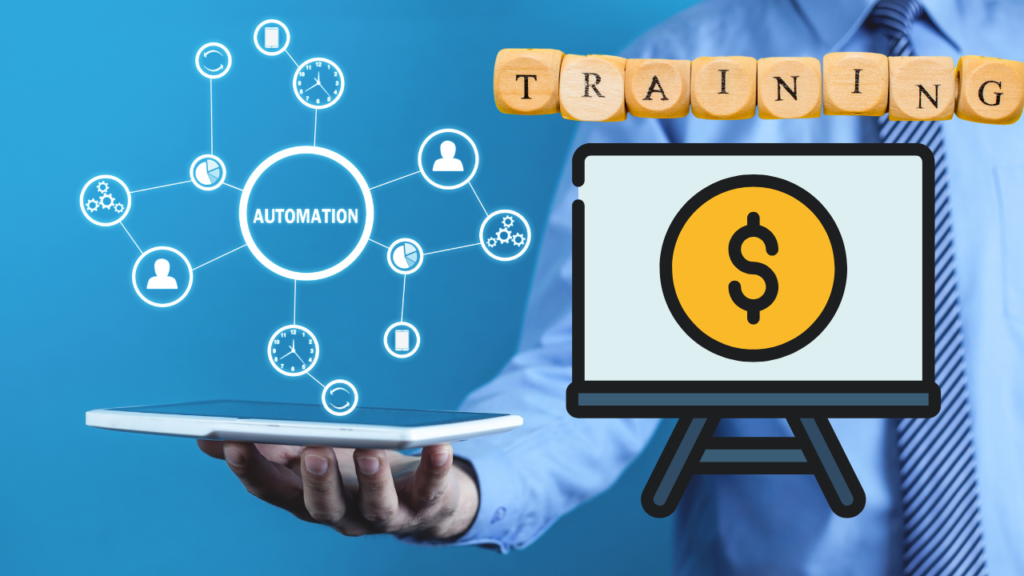
Implementing AI automation within an organization necessitates a careful consideration of personnel and training costs. These costs can vary significantly depending on the complexity of the AI systems being deployed and the existing skill levels of the workforce. Organizations must invest in hiring specialized talent, such as data scientists and AI engineers, who possess the expertise to develop and maintain these systems. This initial hiring phase can be costly, as salaries for these professionals often reflect their advanced skill sets.
In addition to hiring, ongoing training for existing employees is crucial. As AI technologies evolve, so too must the skills of the workforce. Companies should allocate a budget for regular training sessions, workshops, and certifications to ensure that employees are well-versed in the latest AI tools and methodologies. This investment not only enhances employee capabilities but also fosters a culture of innovation within the organization.
- Onboarding Costs: New hires require onboarding, which includes training on company-specific processes and the AI systems in place.
- Continuous Learning: AI is a rapidly changing field; thus, ongoing education is essential to keep staff updated on new developments.
- Cross-Department Training: Employees from various departments may need training to effectively collaborate with AI systems, which can lead to additional costs.
Moreover, organizations should consider the potential need for external consultants or trainers who can provide specialized knowledge that may not be available in-house. While this can add to the overall cost, the benefits of having a well-trained workforce capable of leveraging AI automation effectively can far outweigh the initial investment. Ultimately, the personnel and training costs associated with AI automation are not merely expenses; they are strategic investments that can drive long-term success and innovation within the organization.
Scalability and Integration Costs in AI Automation
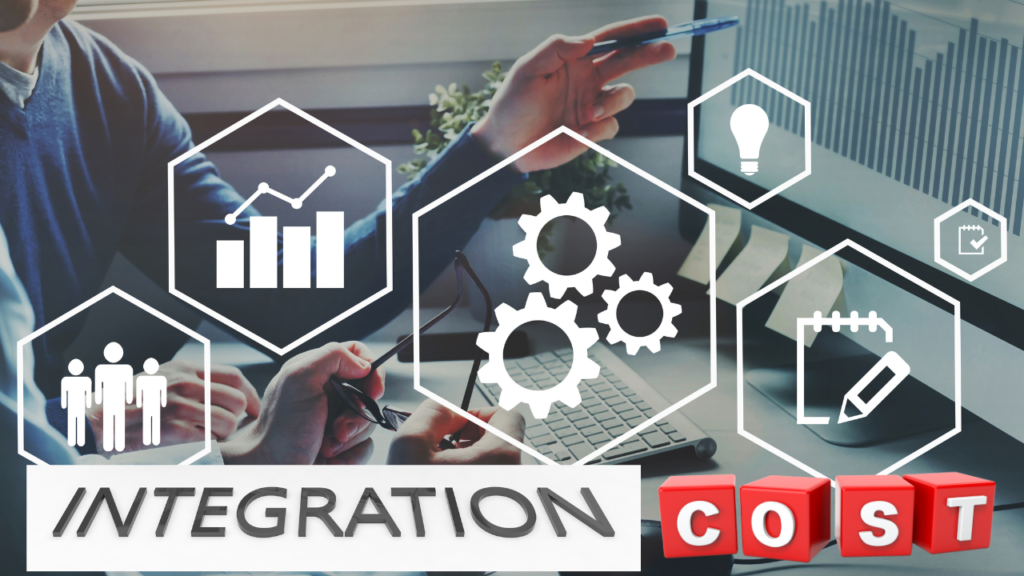
When considering AI automation, scalability and integration costs are critical components that can significantly impact the overall budget. Scalability refers to the ability of the AI system to grow and adapt as business needs evolve. This often requires additional resources, such as enhanced computing power or expanded data storage, which can lead to increased expenses. Businesses must assess whether their current infrastructure can support future growth or if upgrades are necessary.
Integration costs arise when incorporating AI solutions into existing systems. This process can be complex, as it often involves aligning new technologies with legacy systems, which may not be compatible. The costs associated with integration can include:
- Software Development: Custom coding may be needed to ensure seamless communication between systems.
- Consultation Fees: Engaging experts to guide the integration process can add to the budget.
- Testing and Quality Assurance: Ensuring that the integrated systems function correctly requires thorough testing, which can be time-consuming and costly.
Moreover, the choice of AI tools can influence integration costs. Some platforms offer built-in compatibility with popular software, while others may require extensive modifications. Therefore, it is essential to conduct a thorough analysis of potential solutions before making a decision.
Ultimately, understanding the scalability and integration costs associated with AI automation is vital for businesses aiming to leverage these technologies effectively. By planning for these expenses, organizations can better position themselves for successful implementation and long-term growth.
ROI and Long-Term Cost Savings of AI Automation
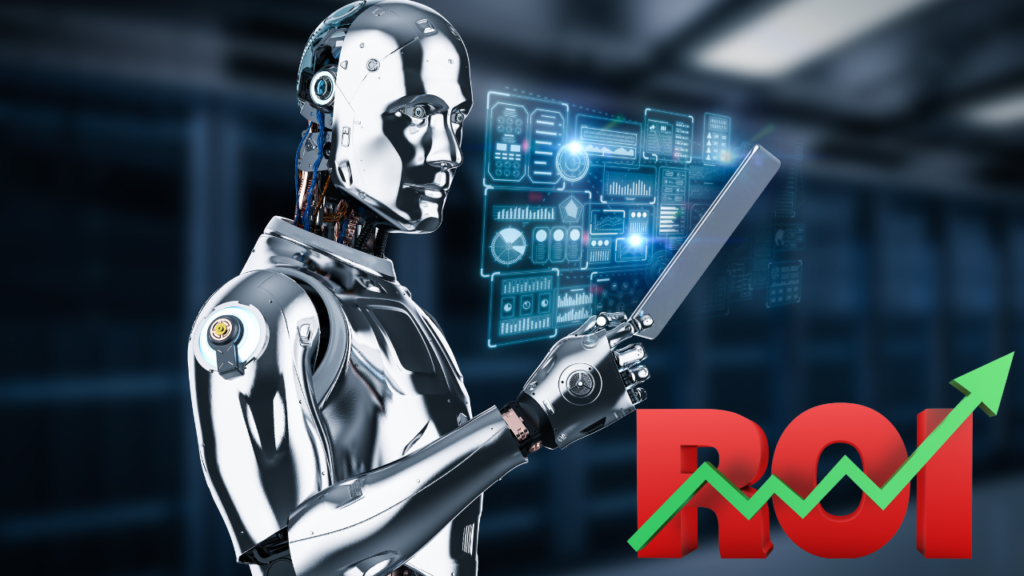
Investing in AI automation can yield significant returns on investment (ROI) over time, transforming initial expenditures into long-term financial benefits. Businesses that adopt AI technologies often experience a reduction in operational costs, which can be attributed to increased efficiency and productivity. By automating repetitive tasks, organizations can reallocate human resources to more strategic roles, enhancing overall workforce effectiveness.
Moreover, the scalability of AI solutions allows companies to adapt to changing market demands without incurring substantial additional costs. As businesses grow, AI systems can be expanded or integrated with existing processes seamlessly, minimizing disruption and maximizing output. This flexibility not only supports growth but also ensures that companies remain competitive in an ever-evolving landscape.
Another critical aspect of AI automation is the potential for enhanced decision-making. With access to real-time data analytics, organizations can make informed choices that drive profitability. This data-driven approach leads to better resource allocation, optimized supply chains, and improved customer experiences, all of which contribute to increased revenue streams.
Furthermore, the long-term cost savings associated with AI automation can be substantial. By reducing errors and improving accuracy, businesses can lower costs related to rework and customer dissatisfaction. The cumulative effect of these savings can significantly outweigh the initial investment, making AI automation not just a technological upgrade, but a strategic financial decision.
In summary, the ROI of AI automation is multifaceted, encompassing direct cost savings, enhanced productivity, and improved decision-making capabilities. As organizations continue to embrace these technologies, the long-term financial benefits become increasingly evident, solidifying AI automation as a vital component of modern business strategy.

